
Trump and Petro: the horseshoe effect in modern politics
Beyond ideology, the U.S. president and the Colombian leader share a way of exercising power based on the cult of the leader and the post-truth.
When one thinks of Donald Trump and Gustavo Petro, the first reaction is usually to highlight their differences: one, a real estate magnate, reality show star and leader of the American populist right; the other, a former M-19 guerrilla, economist and emblematic figure of the Latin American left. However, beyond the ideological spectrum, both presidents share a series of traits and strategies that place them in the same political logic: that of confrontational populism and post-truth as a government tool.
A review of the 7 common traits between these two political leaders and current presidents.
1. Outsiders who despise the system
Trump and Petro built their political capital by positioning themselves as outsiders within power, figures who come to shake the foundations of a corrupt and decadent system. Trump promised to "drain the swamp" of Washington; Petro speaks of "breaking with 200 years of oligarchy".
Both present themselves not as leaders of an administration, but as revolutionaries fighting against the established order.
2. The figure of the leader as the absolute center
In the case of both Trump and Petro, politics revolves around their figurehead. They surround themselves with loyalists rather than experts, concentrate key decisions in their hands and reject any form of dissent as treason.
Trump has his MAGA ("Make America Great Again") universe; Petro, his "Government of Change". In both cases, a narrative is constructed where the leader is the only one who can correctly interpret the interests of the people.
3. Enemy media, friendly networks
Both presidents have a tense -if not openly hostile- relationship with the traditional media. Trump made CNN, The Washington Post and The New York Times the target of his systematic attacks. Petro has done the same with Colombian media such as El Tiempo, Semana or RCN, whom he accuses of manipulation and sabotage.
On the other hand, they use social networks as a direct channel of communication with their base, bypassing editorial filters and discrediting any criticism as part of a disinformation campaign against them.
4. Polarization as an engine
Trump and Petro govern on the basis of conflict. They need an "other" to confront in order to consolidate their legitimacy. In the United States, Trump fed the division between the "true patriots" and the "enemies of the people" -media, immigrants, liberals, bureaucrats. Petro, for his part, has drawn a line between the "worthy people" and the corrupt elites who, according to him, seek to prevent any real transformation.
Both foster a climate of permanent indignation, where consensus is seen as claudication and dialogue as betrayal.
5. Institutions under suspicion
The two presidents have had constant clashes with the judiciary and control bodies. Trump questioned the legitimacy of judges, prosecutors and, finally, of the electoral system. Petro has clashed with the Attorney General's Office, the Prosecutor General's Office and the Constitutional Court, accusing several of these entities of obstructing his reform agenda for political or economic interests.
RELATED CONTENT
For both, institutions are not legitimate counterweights, but obstacles to overcome or enemies to unmask.
6. Lots of narrative, little execution
Trump promised to build a wall that Mexico would pay for, repatriate industries, reform the health care system... and left many of these commitments unfulfilled. In his new administration, he makes big announcements that he then backtracks on without much explanation. Petro arrived with an ambitious roadmap: energy transition, agrarian reform, universal health care, total peace. But most of his promises have clashed with administrative, legislative or technical reality.
Both leaders stand out more for their ability to generate narratives than for their efficiency in implementing them.
7. Truth as a political instrument
The most disturbing feature that unites Petro and Trump is their instrumental relationship with the truth. Both manipulate data, exaggerate, omit or outright lie to sustain their political narrative. In Trump's case, the lying was daily: from the number of attendees at his inauguration to his denial of COVID-19 and insistence that he won the 2020 election.
Petro, although with a more elaborate style, has also made post-truth a recurrent tool. One of the clearest examples is his handling of the debate on health care reform. The president has argued without evidence that the EPSs are responsible for the death of thousands of people, that they operate as mafias and that the current system does not fulfill any function. He ignores official figures, discredits technical studies and accuses critics of defending obscure economic interests.
Instead of generating consensus, Petro has preferred to deepen the confusion, feeding an emotional narrative in which he is the sole defender of the people against the health merchants.
The coincidence between Trump and Petro is not of doctrine, but of method. Both understand politics as a cultural war where there are no nuances, only allies or enemies. To govern, for them, is to keep the flame of conflict alive, to challenge institutionality and to mold the truth to suit their cause.
In a world marked by disinformation, the erosion of democracy and hyperconnectivity, Petro and Trump represent a new way of leading: one that moves away from dialogue, discredits experts and turns the leader into the sole legitimate interpreter of the popular will.
And although their flags may be different, the way they wave them reveals an eerie resemblance.
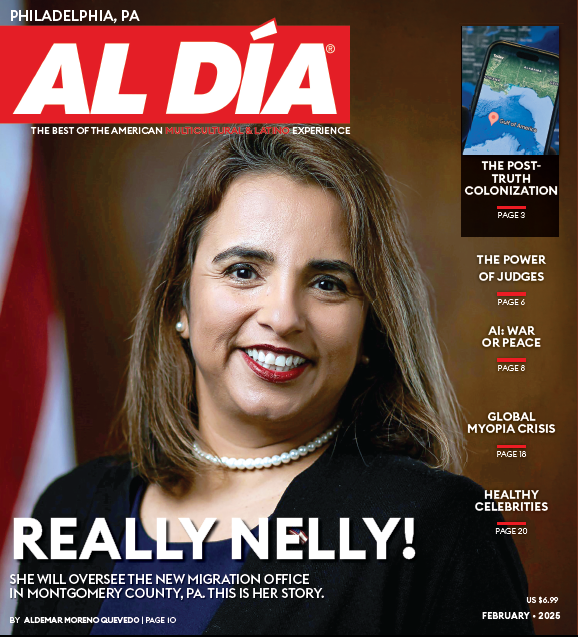

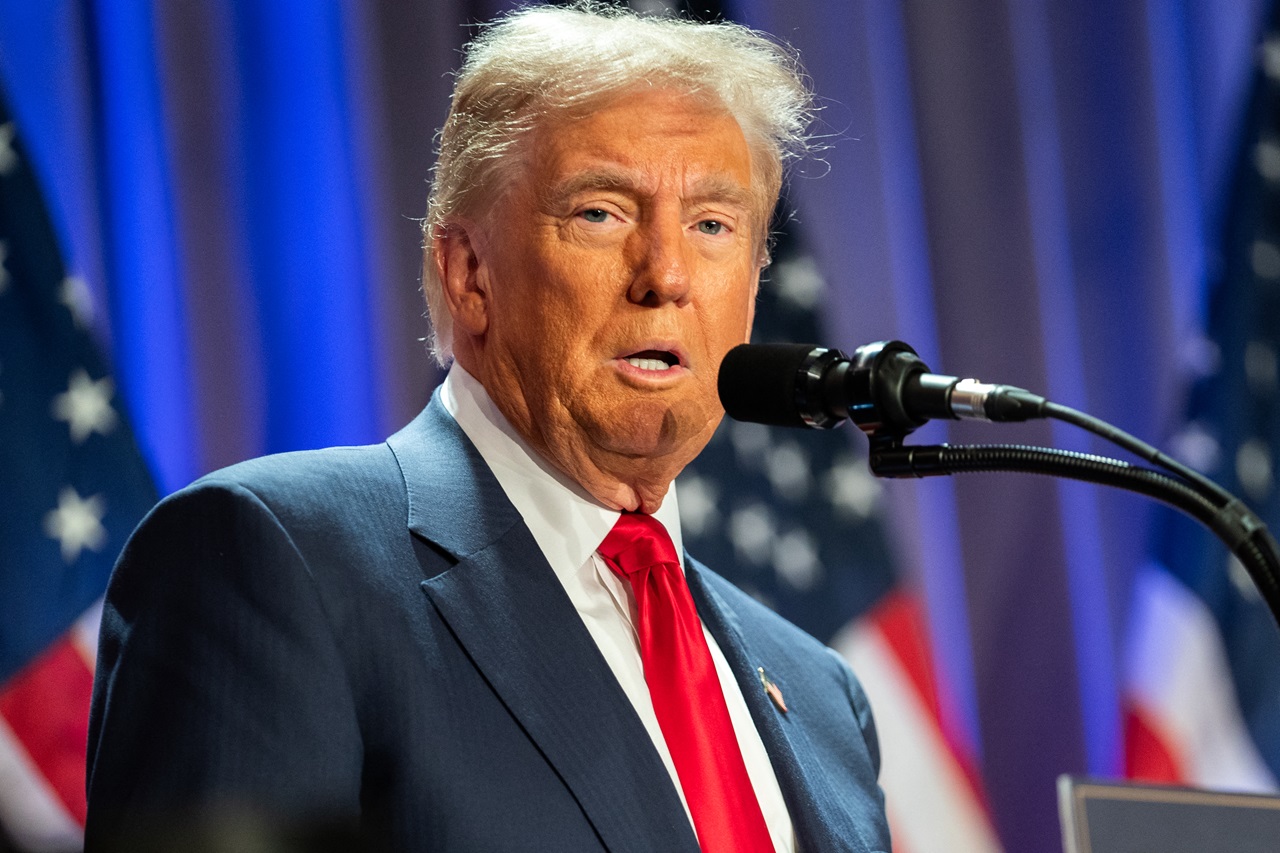
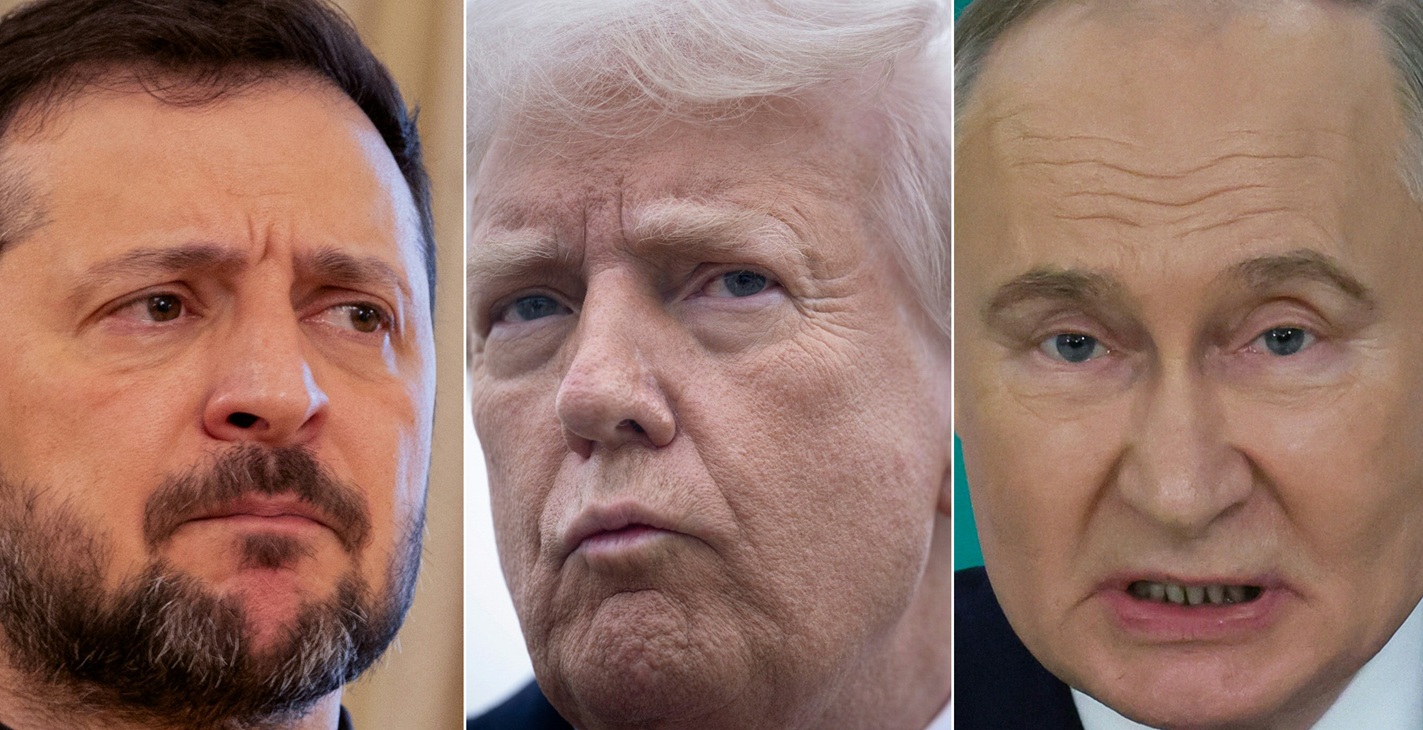
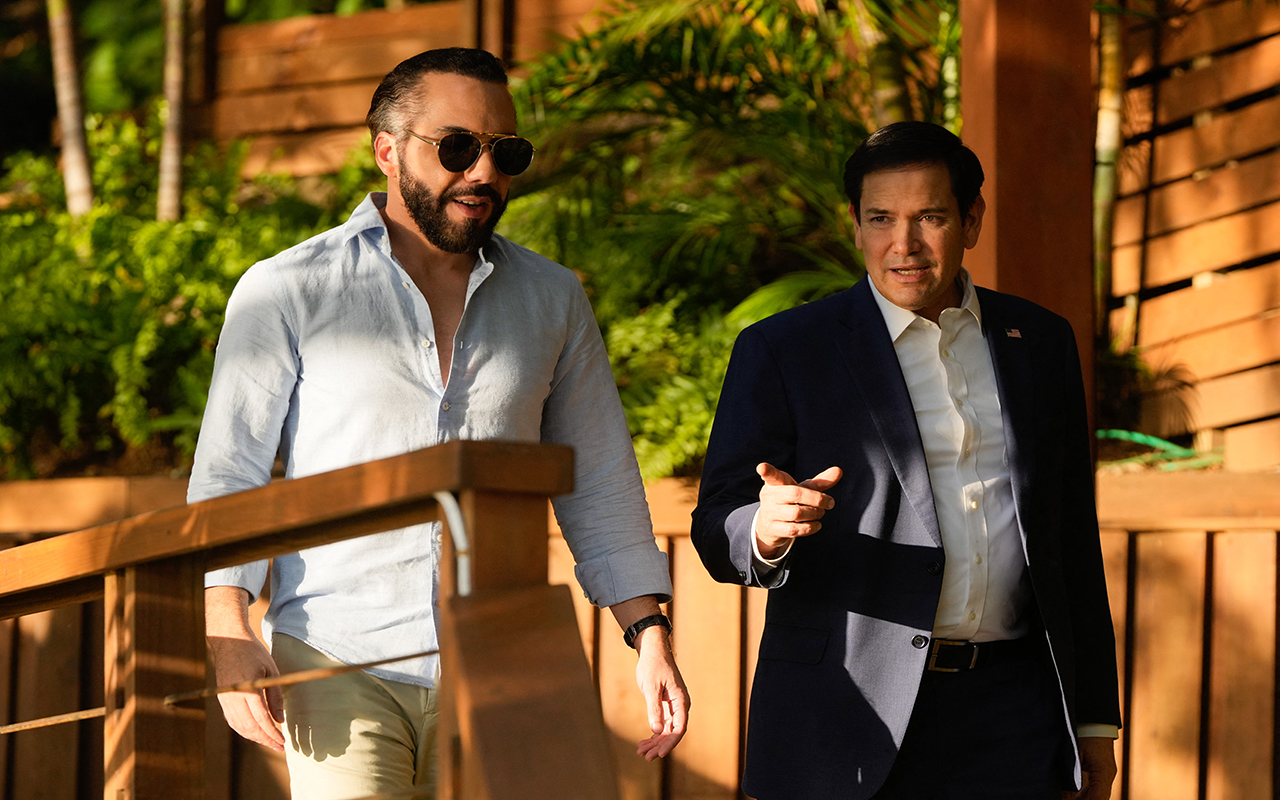

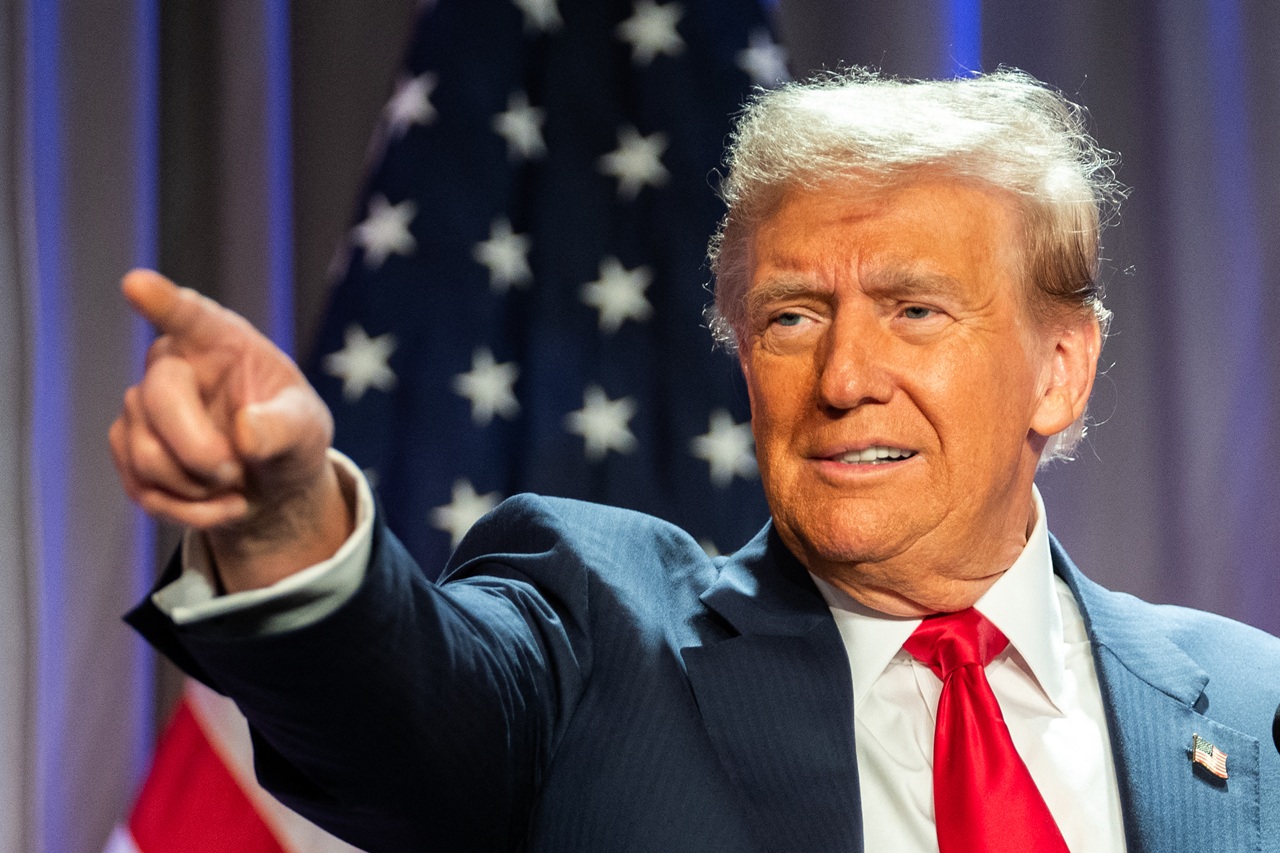
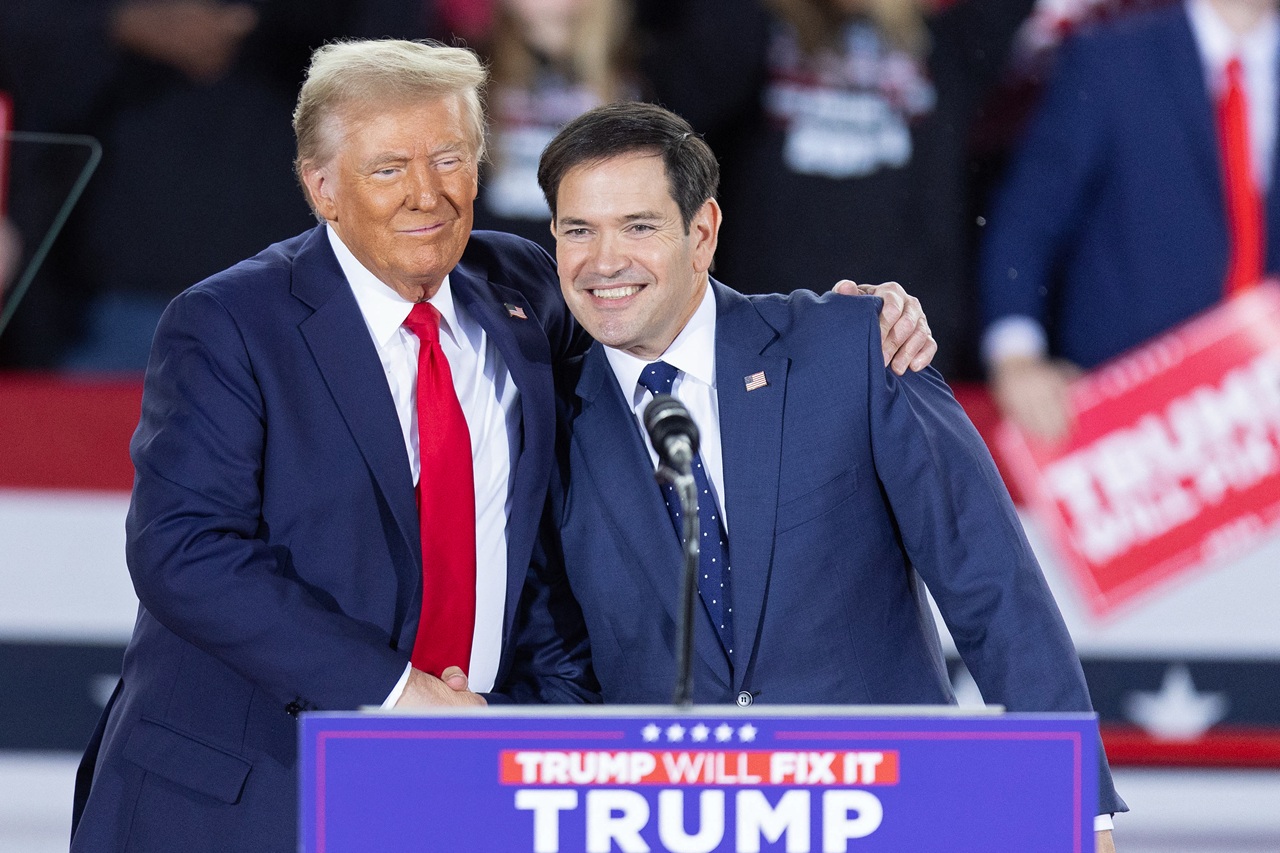

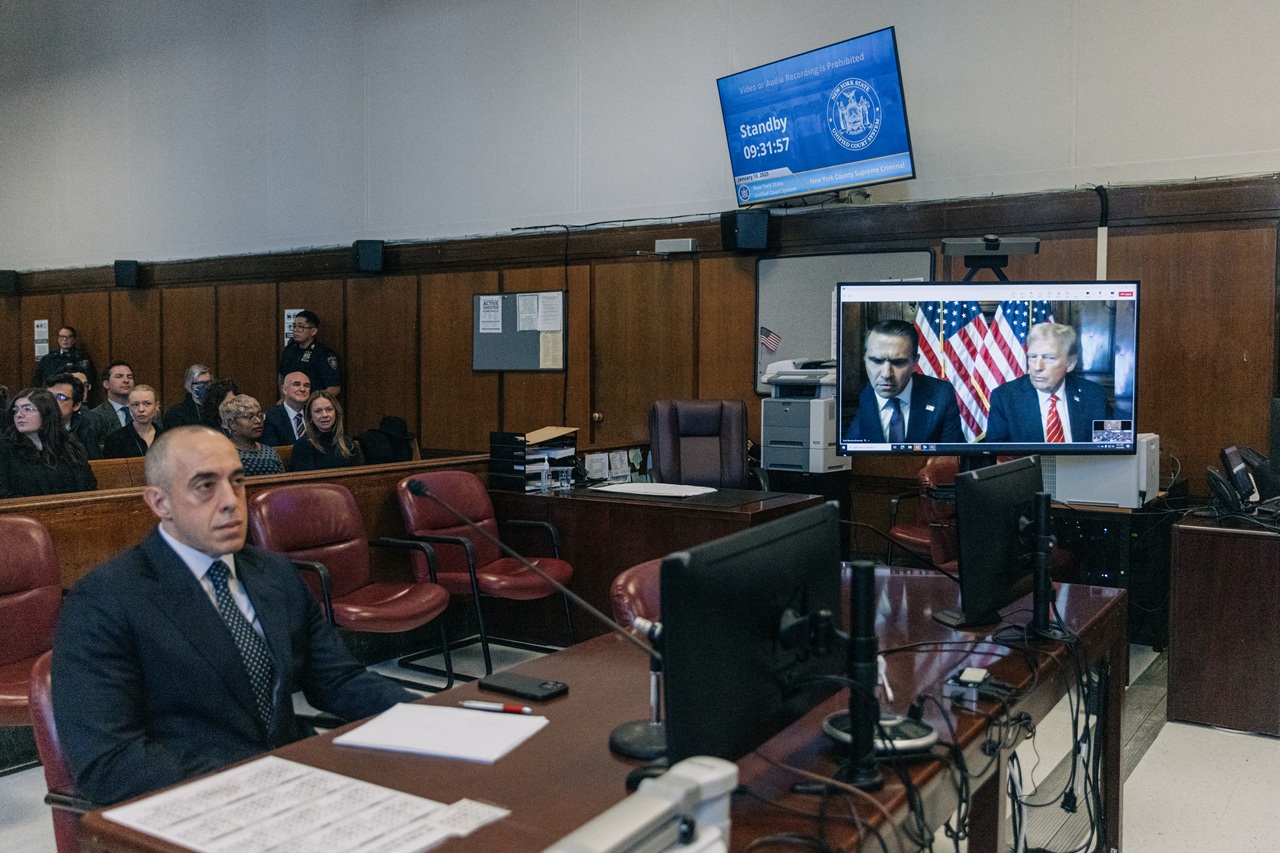

LEAVE A COMMENT: